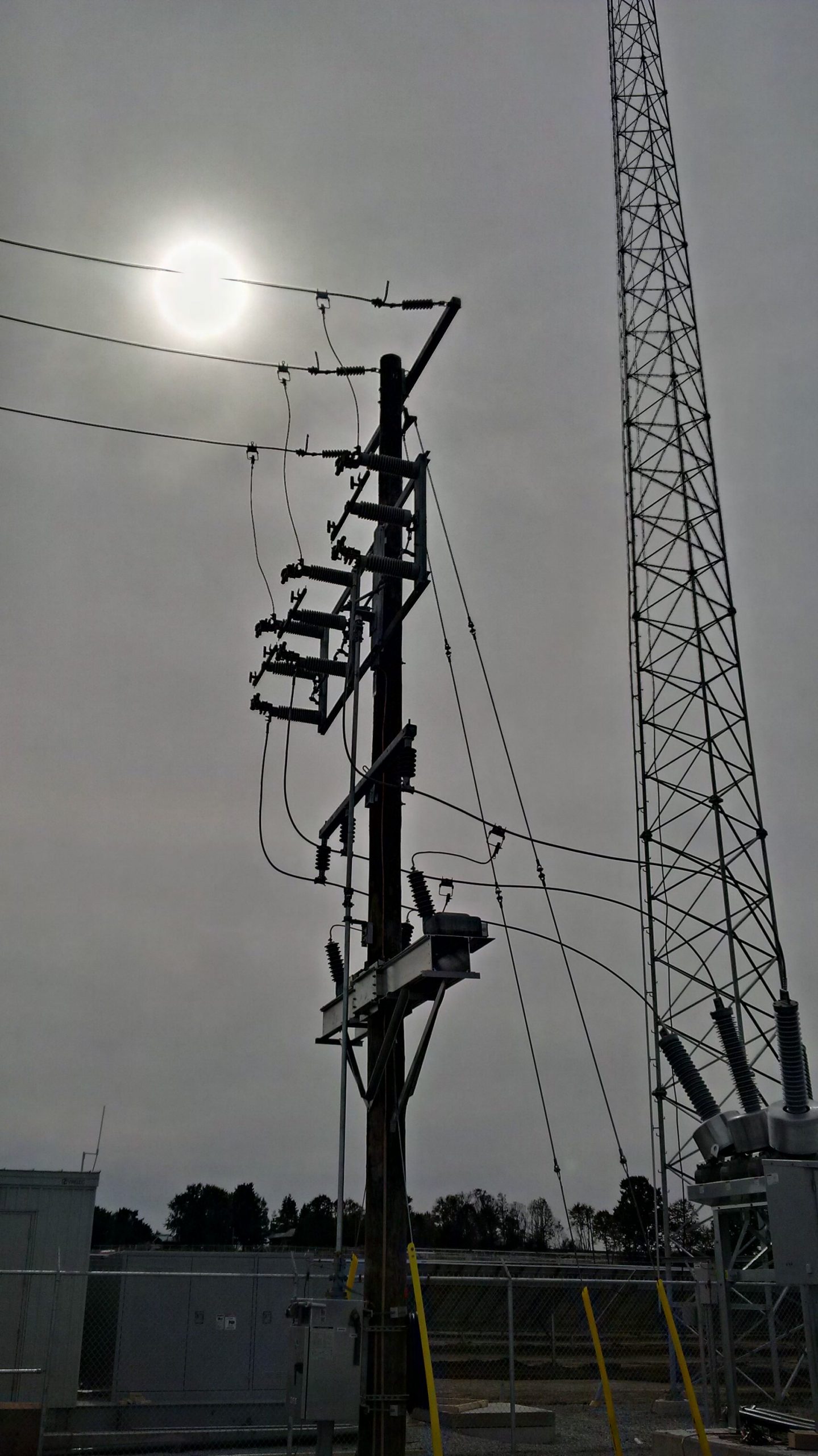Construction Services

ICI Buildings
The Construction Management of new buildings and other constructed items required for product production and product storage, not to mention Renovations, Additions, Remediation, Mezzanine, Bases, pads, ramps, curbs.
Radiation Protection, Hazardous Materials Remediation, Clean Rooms, Shelters, and Booths, Concrete Cleaning, Concrete Resurfacing, Concrete Rehabilitation
Building Interior
The Construction Management of a building’s prime interior divisions, including Mechanical, Electrical, HVAC, and interior finishes, including
Demountable wall systems, Metal Linear ceiling systems, Acoustic wall treatment, Acoustic ceiling systems, Soundproofing, Computer floor systems, Hollow Metal Door/Frame/Hardware, Building Caulk, Sealants.

Civil
Utility-Scale Solar Power
The Construction Management of Utility-Scale Solar Power Plants that provide ‘Centralized PV – Providing centralized power generation for the supply of bulk power to the ‘edge of grid’ (your plant) and beyond to the HONI grid’
Bess
The Construction Management of Utility-Scale ‘Battery Energy Storage System’ Installations. (BESS for short), provides reliable and uninterrupted power supply because your plant is sensitive to power outages. Create your power backup solution coupled with the security of the power supply.
Solar Car Ports
The Construction Management of Solar Car Ports using existing parking areas to generate sustainable power without sacrificing land on your site. Incorporating Vehicle charging stations, outdoor lighting systems, kiosks into an ‘edge of grid’ (your plant or office) generating system and beyond to the HONI grid.

Maintenance
- Walls
- Floors
- Ceilings
- Doors
- Property

Temporary Construction
- Fence
- Scaffold
- Pedestrian Barricades
- Traffic Barricades

Why Seabrook?
I share with the Owner a common objective to get the best price, from the right contractor or supplier, for the cost of the work. In this fashion, the Construction Management team made up of the Owner, Architect, and Construction Manager works together to ensure the projectʹs success.
Finest in Service Fairest in Cost
Optimum flexibility in contracting and procurement
Enhanced project design and construction quality
Control of the scope of the work
Both Owner's Agent and At-Risk Delivery Methods
Providing Construction Management Since 1976
FAQ
Why Construction Management?
What benefit does Construction Management Offer an Owner?
What Controls are in place for an Owner?
How are Sub Trades Managed?
Bids are received from a select list of prequalified subcontractors, thus giving the Owner the benefit of a bid project.
Assuring the Owner they will receive the best quality for the money and a timely delivery
